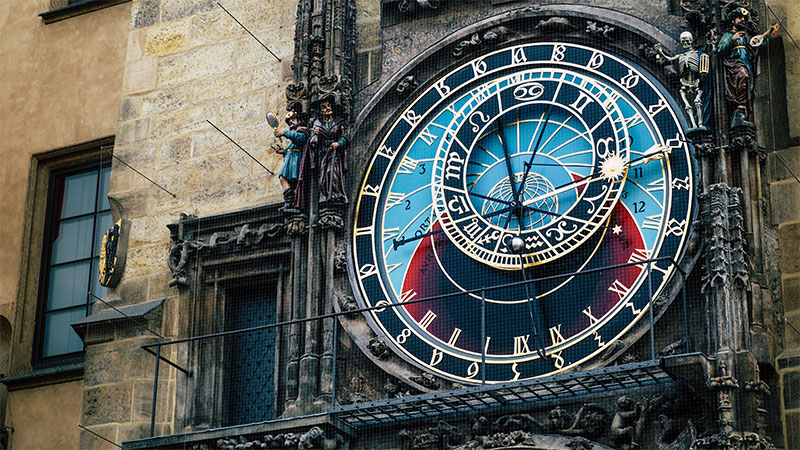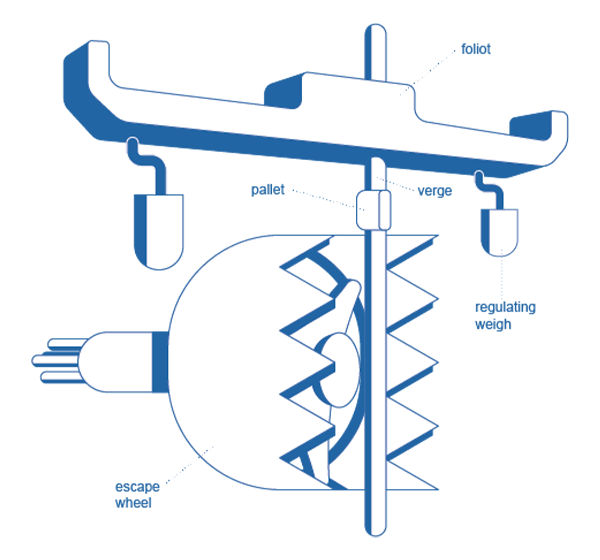The Story of Timekeeping: How Mechanical Clocks Redefined Our World (Part 2 of 3)

The drive to measure and understand time is as old as humankind. For millennia, natural phenomena served as our means for measuring time but as humans progressed, a transformation was brewing. The technological leap of the mechanical clock forever changed our relationship with time.
Welcome to part 2 of 3 in the Story of Timekeeping series. In The Story of Timekeeping: Measuring Time in Ancient Civilizations (Part 1), we covered the ancient practices of marking time. In this installment, learn how mechanical clocks reshaped our measurement of time.
A Technological Leap: Advancements Spurred by Mechanical Clocks
It was in the 13th century that a groundbreaking invention began to spread across Europe: the mechanical clock. This wasn't just an innovation; it was a radical shift in how humans interacted with and understood time.
The mechanical clock introduced a measure of precision in timekeeping that had been previously impossible. With gears and escapements, weights and balances, these clocks brought a new rhythm to life—dictated not by the sun or the stars but by the meticulous turning of cogs and wheels.

A rendering of one of the first mechanical timekeeping systems that consisted of a weight pulled down by gravity whose fall was slowed to a regular rhythm by a foliot, a mechanical brake with a to-and-fro movement. The most significant invention was the escapement, the interface between the clock’s gears and the foliot, which regulates the weight fall and the gear train’s speed. Once this gear train speed is reasonably constant, extra gears with appropriate ratios are added to indicate the correct time.
In town squares, these clocks became not just timekeepers but symbols of civic pride and progress. They were the new sentinels of time, calling citizens to work, prayer and rest, weaving their way into the fabric of society. The Renaissance was an era marked by the proliferation of art and science. Installed in the early 15th century in the city of Prague, the Astronomical Clock (shown in the photograph above), was a marvel of engineering. Along with telling time, it displayed the position of celestial bodies.
The influence of mechanical clocks wove its way into every aspect of life. It brought with it a new discipline to the working world. The clock led to a more structured and predictable marketplace, impacting labor and trade. Accurate timekeeping was crucial for navigation, scientific experiments, and a host of advancements in early innovation. It laid the groundwork for the Industrial Revolution centuries later where timekeeping became integral to manufacturing and commerce. The mechanical clock brought predictability, punctuality, and a sense of shared time to society.
The Precision Paradigm
Technologically, the development of mechanical clocks spurred developments in engineering and mechanics. The quest for more accurate and reliable clocks drove innovations throughout technology, the groundwork for modern engineering and precision instruments.
The mechanical clock was more than an invention; it was a paradigm shift marking greater precision and structure, enabling increased productivity and better synchronization of activities.
The introduction and adoption of the mechanical clock reflects humanity’s pursuit for precision and order. This pursuit continues today with the need to measure time with greater precision in increasing domains within our daily lives. From the proliferation of consumer electronics to advanced automobiles and AI datacenters, timing devices are everywhere, transmitting and synchronizing data accurate to the nanosecond. Each generation demanding greater timing and synchronization within the system, leading to advancements in timekeeping technology.
Please join us for our next and final installment on the Story of Timekeeping, where we cover oscillators from their beginnings as isochronous pendulums to today’s precision MEMS-based timing systems that are enabling advanced electronic systems and services.
